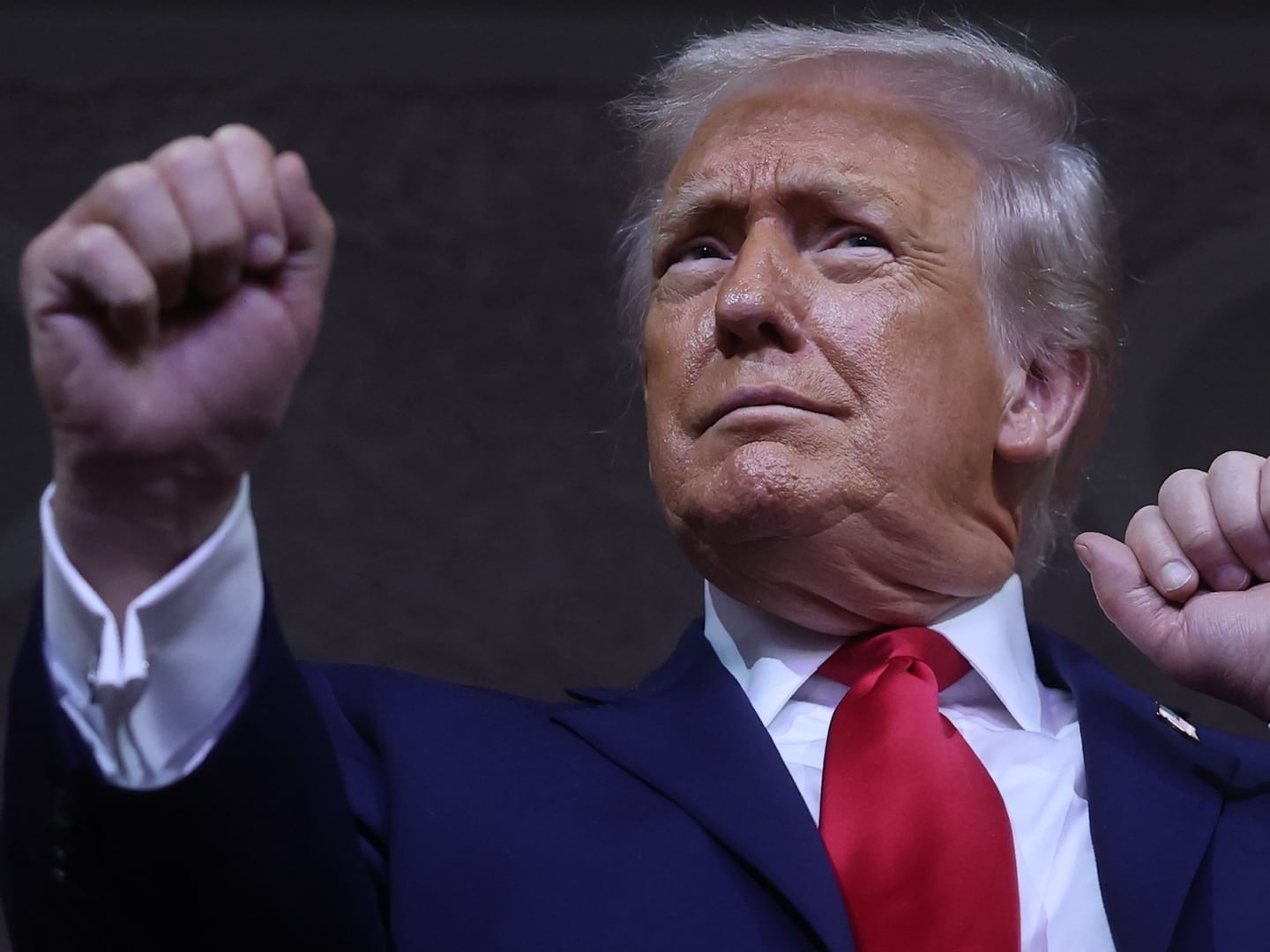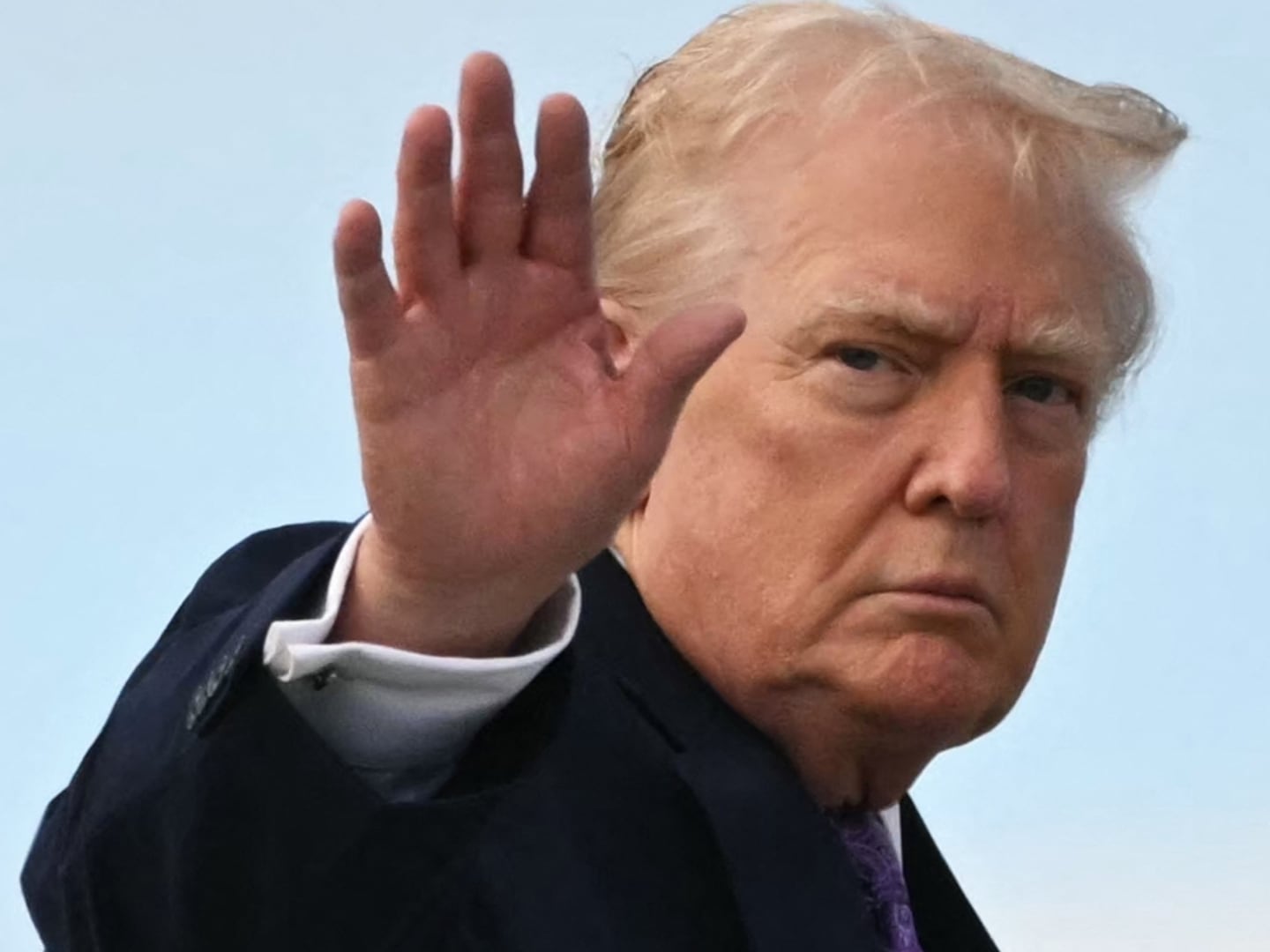On Friday, there will be a celebratory parade in New York City for the U.S. women’s soccer team, following their FIFA Women’s World Cup win last Sunday night.
For many outraged fans, however, the ticker-tape euphoria will be marred by the paltry pay the players received compared to their male counterparts.
The disparities between what the U.S. women’s and men’s teams make have been splashed all over the Internet since Sunday’s big win.
Friday’s festivities won’t make upset fans forget that the women’s team took home $2 million for their momentous victory, less than a quarter of the $9 million that the U.S. men’s and other teams were awarded last year after losing in the first round of the men’s World Cup. (The Germans, meanwhile, took home $35 million for the championship.)
But the total prize pool for the men’s tournament was $576 million—40 times the $15 million prize pool for the women’s games.
Photos: U.S. Women’s Soccer Team Become First Women in Canyon of Heroes

The Women’s World Cup generated $17 million in sponsor revenue compared to the $529 million revenue pile for last year’s (men’s) World Cup tournament.
But if you do the math, the U.S. women’s team pocketed more of that revenue—roughly 11 percent—than the 6.6 percent given to the Germans.
With the exception of tennis stars like Maria Sharapova and Serena Williams, female athletes are generally paid less than male athletes.
Some say that men’s sports—particularly team sports—are faster than women’s sports (a matter of biology) and therefore more interesting to watch.
But those who watched Sunday night’s game would hardly agree with that after seeing Carli Lloyd score from midfield. Likewise for anyone who has seen Brazilian soccer star Marta on the field (Pelé himself referred to her as “Pelé in a skirt”).
Women deserve to be treated equally in all fields. But the sports pay gap isn’t a big, sexist conspiracy. In the current economic environment, it’s not at all unfair that female athletes make less than their male counterparts. It’s simply a matter of supply and demand.
“The demand for watching women’s sports even at the highest level just isn’t as big as the demand for watching men’s sports, and as a consequence the pay isn’t very high,” Dennis Coates, an economics professor with a focus in sports at the University of Maryland, told The Daily Beast.
The comparatively low demand makes even more sense in the case of the Women’s World Cup, which began 60 years after the men’s tournament, and hasn’t yet accrued as large and devoted a following.
“The history of North American professional soccer has been the pro soccer league fantasy of capturing World Cup lightning in a bottle,” said John Vrooman, an economics professor at Vanderbilt University specializing in sports. “This is true for the failures and successes of both men’s and women’s professional leagues over the last two decades.
“After several failed franchises and leagues, it now seems as though the men’s Major League Soccer may have passed through the critical period since beginning in 1996 to form the critical mass of a self-sustaining real professional soccer league.
“The current women’s professional league (the as-yet not professional National Women’s Soccer League) is still in its formative stages in spite of the incredible adrenalin shots from the U.S. women’s World Cup success.”
Women’s soccer is clearly catching up fast. Sunday night’s women’s final saw a record viewership: 25.4 million viewers tuned in to Fox, making it the most-watched soccer game in U.S. history.
It also out-performed the 2015 NCAA men’s basketball championship game, the 2015 NHL Finals, and the championship game of the 2014 World Series in TV viewership.
These viewing figures alone will likely have an effect on earnings.
“The basic economics of derived demand from cable sports networks—FOX, NBC and ESPN—strongly suggests that the spreading media rights explosion will drive the American revolution toward equal pay for women footballers worldwide,” said Vrooman.
While the total global viewership numbers haven’t been released yet, TV audiences watching the opening games around the world were up significantly from 2011, according to Al Jazeera.
But they weren’t even in the same ballpark as the men’s tournament, which drew in a global average of 188.4 million TV viewers per game.
Coates watched the Women’s World Cup at a conference in Germany, where many men and women he spoke with “couldn’t care less” about watching the tournament, he said. “So yes, there was a record-breaking audience in the U.S., but not everywhere else in the world.”
There’s been understandable outrage about U.S. women’s soccer players’ meager salaries, with emphasis on the women’s minimum salary of $6,842 compared to the male players’ new $60,000 minimum, up from last season’s $36,500 minimum.
But the women’s salaries would jump considerably if more people were paying to watch women’s sports—and if more people attended the games, and sponsorships sold well.
Coates said that the stars of the U.S. women’s team make considerably more money from endorsement deals than the stars of the U.S. men’s team. And they should, given how much better the women’s team is and how much better-known their players are.
“You’ll certainly find female American soccer players among the top 10 or 20 female American athletes with the biggest endorsement deals,” Coates said. Players on the men’s soccer team don’t even rank compared to other U.S. male athletes with brand endorsements.
After this year’s big win, we can expect to see more star players like Abby Wambach and Alex Morgan ink major endorsement deals.
“There’s a window between now and the Olympics where these athletes are going to sign endorsement deals, because the television ratings here in the U.S. are a good preview of what they’re going to be like during the Olympics,” said Bob Williams, CEO of Burns Entertainment and Sports Marketing, which represents brands that hire celebrities for endorsements.
The market for women’s soccer is growing in the U.S., but it’s unclear how much it will pay off for the players between now and the next World Cup.
“The soccer [football] players labor markets are unique compared to other North American Sports leagues because they are wide open worldwide,” said Vrooman. “As a result, the future of American professional soccer for both genders is subject to the adolescent growth spurts where the demand for soccer talent explodes in the wake of World Cup success only to wane over the following four years. Women’s soccer has come a long way, even if it seems to proceed in fits and starts at the rate of continental drift.”
The appealing aspect of women’s soccer—besides US success on the world level—“is that women seem to play the beautiful game the way that it is supposed to be played,” added Vrooman. “The best example of this appeal is the rapid rise toward equality of the prize money Women’s Tennis Association (WTA) compared the men’s tour (ATP).
“The medium for the U.S. women’s soccer message is the same as the WTA. It is made for TV on an international level. In the new age of streaming digital media, sports rights fees are exploding for all sports including soccer worldwide.”
One thing is clear: Attending women’s sports games will do much more to close the pay gap than whingeing about it on Twitter.






